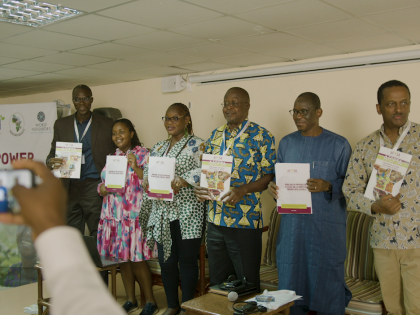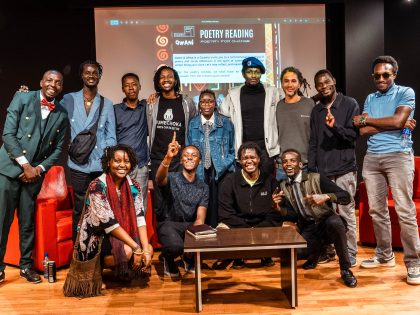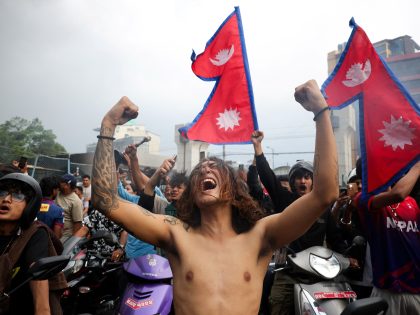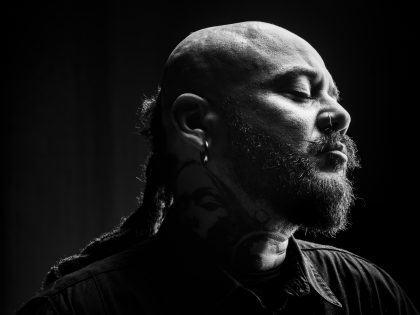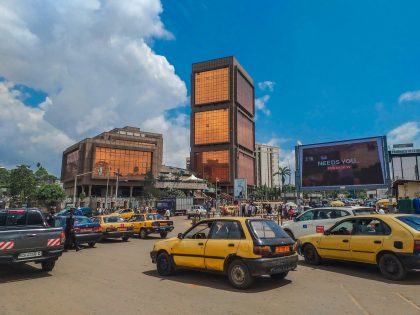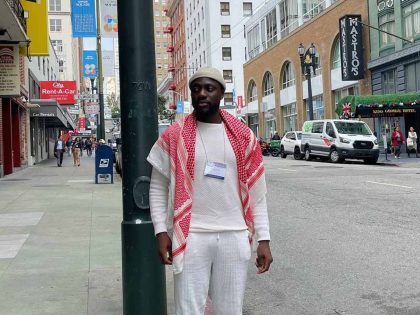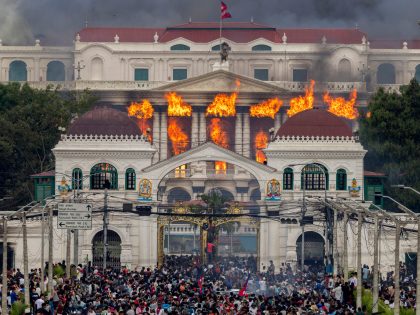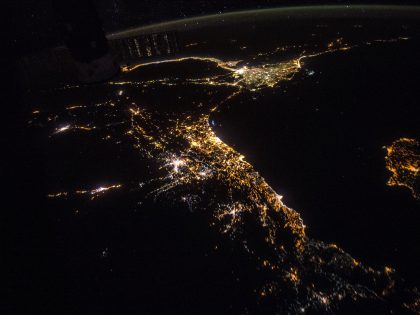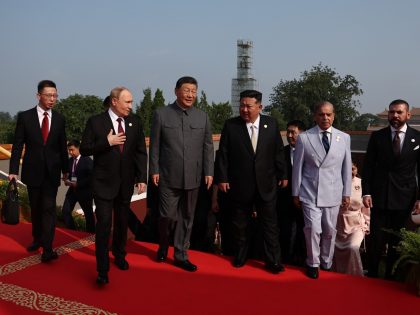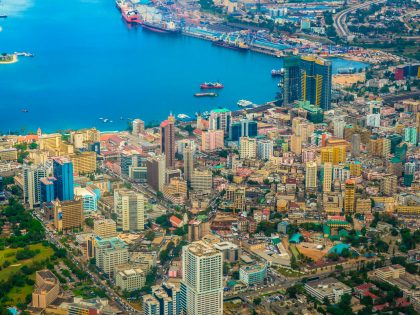Abdullah Ibrahim’s ‘tawhid’
For Abdullah Ibrahim, who converted to Islam in 1968, the "most beautiful, potent aspect" of his faith is "the unity of things."

Abdullah Ibrahim at the Gent Jazz Festival in 2015. Image Credit Bruno Bollaert via Flickr CC.
Cecil McBee’s thumping bassline complimented by the sporadic drums of Roy Brooks creates a melancholic setting for Abdullah Ibrahim’s exultation titled “Ishmael” (recorded 1976), named after the son of the Biblical Hagar and Abraham. While listening, expectations fall irrelevant, mesmerizing the audience. The mind flows with the beat, following the wailing melodic drifts of Ibrahim alternating between saxophone, piano and voice.
In a review of Ibrahim’s recent concert at New York City’s Town Hall, held on South Africa’s Freedom Day, Giovanni Russonello wrote for the New York Times, “There was darkness and suspense, and a sense of broad expanse.”
A shadow underlies many artistic expressions, including human spirituality and religion. In 1962, with Nelson Mandela imprisoned, the Cape Town-born Ibrahim left South Africa for Europe – where he met his mentor, Duke Ellington – and then on to New York to attend Juilliard. After struggling with alcohol and marijuana misuse and “searching for spiritual harmony in an increasingly fractured life,” Ibrahim returned to Cape Town.
“Years of smoking and drinking had battered his body,” writes John Edwin Mason, a professor of African History at University of Virginia. “In New York, doctors and a Native American medicine woman both told him to ‘straighten up.’ And he did, entering a period of ‘cleaning’ and embarking on a spiritual quest that began in New York City and culminated with his conversion to Islam, in Cape Town.”
Speaking about this turning point in his life with the UK Guardian in 2001, Ibrahim said, “I went back to church; I didn’t find it there. I went into all religions – the [Bhagavad] Gita, I-Ching. Then I realized most of the friends I grew up with were Muslim. Cape Town has a rare harmony, intermarriage.” The musician converted to Islam in 1968.
During this period in the 1960s, harmony was sought after in America as well. Many American jazz musicians viewed Islam as part of a decolonization movement, as an escape from their country’s segregation laws.
Before his conversion, Ibrahim was exposed to many musicians involved in the Muslim movement in America. Figures like Sheikh Daoud Faisal, a fellow alumnus of Juilliard, inspired up-and-coming jazz musicians like Ibrahim. Faisal lead a mosque in Brooklyn Heights and was a representative of Morocco at the United Nations. Archie Shepp, Ornette Coleman, John Coltrane, and Pharoah Sanders, to name a few, were also influenced by Islam, specifically Sufism and the Gnawa music of Morocco.
“Ibrahim was riveted by these artists who were emphasizing links between Black America and Africa and writing anthems of solidarity,” Hisham Aidi, Columbia University lecturer and author of Rebel Music: Race, Empire and the New Muslim Youth Culture (2014) tells me via email. “Black and coloured South Africans living under white minority rule also saw Islam as a way out.”
In Cape Town in 1974 Ibrahim wrote his own anthem of solidarity titled “Mannenberg,” heralded as “the unofficial anthem of South Africa.” For many, Islam was “a way out,” an expansion of the mind, a collaborative fight against oppression. “Mannenberg” is a musical extension of this consciousness.
“[Ibrahim] found the Black Power movement liberating with its expansive definition of blackness that included ‘coloured’ individuals like him,” Aidi says. “The rhetoric and sound of unity appealed to him. Stokely Carmichael was not Muslim, but he had a strongly pro-Muslim discourse, and stressed the unity of Africa from Cairo to Cape Town. Interestingly, to this day, when Ibrahim talks about his Muslim faith he tends to stress the concept of tawhid – meaning the unity or oneness of God.”
While tawhid refers to the unity of God, it also maintains that the rest of the world is many. This paradox of oneness and multiplicity is central to Islam. It is also a major theme in Ibrahim’s music. Musicians perform in aggregate, forming an apparent whole. This dialectical relationship forming a captivating breathe of sound is only possible with someone as talented and devoted as Ibrahim guiding the movement.
“The most beautiful, potent aspect of Islam is the unity of things,” Ibrahim told the Guardian. “You can’t throw anything out of the universe. This realization has been a driving force for me.”
From Cairo to Cape Town to New York the fight against oppression lingers to this day. Ibrahim’s music continues to ring true for millions united as one.




